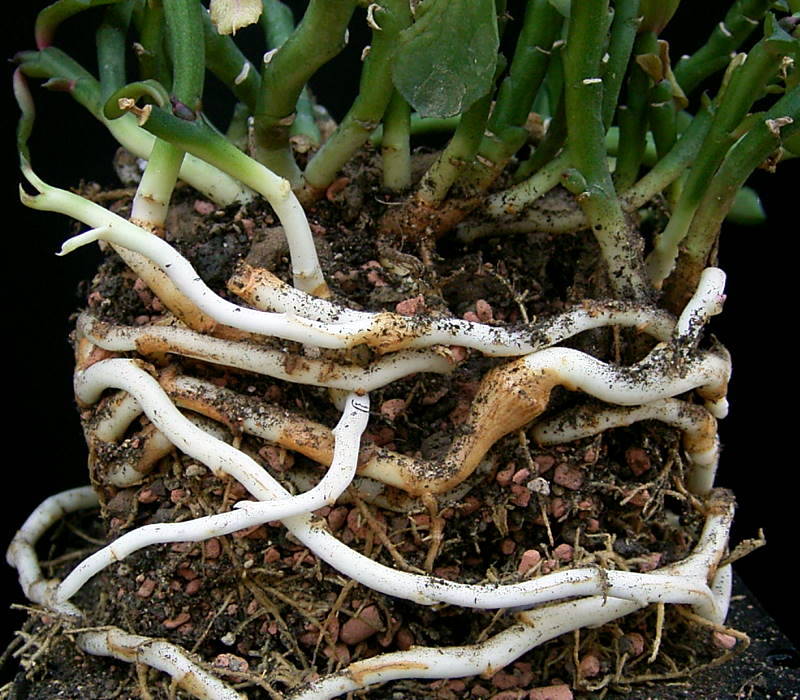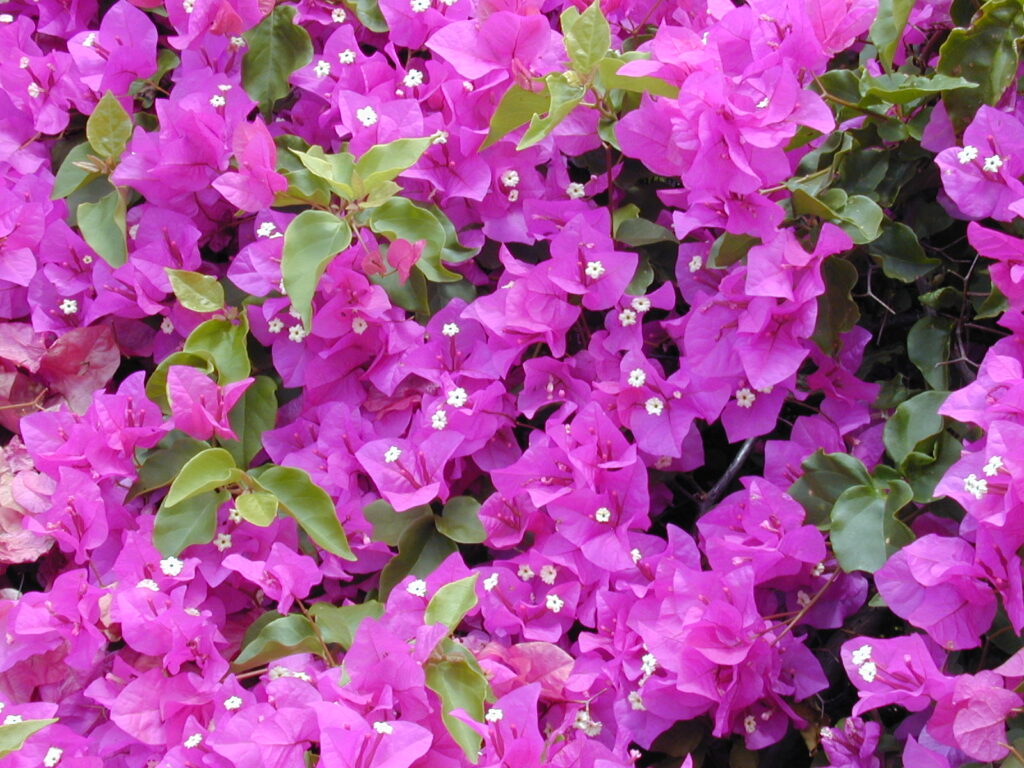ASSERTION-REASON TYPE
Morphology of Flowering Plants
In the following questions, a statement of assertion (A) is followed by a statement of reason(R).
(1) If both Assertion & Reason are true and the Reason is the correct explanation of Assertion then mark (1)
(2) If both Assertion & Reason are true but the Reason is not correct explanation of the Assertion then mark (2)
(3) If Assertion is true statement but Reason is false, then mark (3)
(4) If both Assertion and Reason are false statements, then mark (4)
_________________________________________________________________________
1.A:- Presence of pneumatophores are morphological adaptive strategies of marshy plants.
R:- Pneumatophores are modified adventitious roots for gaseous exchange.
2. A:- In mango, the ovules after fertilization, develop into fruits.
R:- In mango, the pericarp is not further differentiated into layers.
3. A:- Aleurone layer is proteinaceous in nature.
R:- Aleurone layer is triploid as it is a part of endosperm.
4. A:- Ovary is said to be superior in potato.
R:- Swollen placenta is characteristic feature of family Solanaceae.
5. A:- Sunflower has basal placentation.
R:- Sunflower has many ovules in each ovary.
6. A:- In guava and cucumber the ovary is said to be inferior.
R:- In guava and cucumber, the margin of thalamus grows upward enclosing the ovary completely and getting fused with it, the other parts of flower arise above the ovary.
7. A:- In cymose inflorescence , the growth of the main axis is limited.
R:- In cymose inflorescence, the main axis terminates in a flower.
8. A:- The zone proximal to region of elongation is the region of maturation.
R:- The cells of the elongation zone in root, gradually differentiate and mature.
9. A:- Presence of respiratory roots is a special adaptation of hydrophytes.
R:- Respiratory roots are always positively geotropic and have lenticels that help in gaseous exchange.
10. A:- Maize is an albuminous seed.
R:- Endosperm in in maize is completely absorbed by its growing embryo.
11. A:- leaves showing parallel venation are found in monocotyledonous plants.
R:- In leaves showing parallel venation, the veins run parallel to one another, veinlets are inconspicuous and reticulations are absent.
12. A:- In hypogynous condition, ovary is superior,
R:- In hypogynous conditions, all other floral whorts are borne below the of ovary.
13. A:- The large shield-shaped cotyledon in maize is called scutellum.
R:- The outermost layer of scutellum is secretory and absorptive in function.
14. A:- In Bougainvillea, axillary buds of stems get modified to form thorns.
R:- Thorns in Bougainvillea protect plants from browsing animals.
15. A:- The rhizome of ginger have nodes and internodes.
R:- Rhizome of ginger is an underground modified stem.
ANSWER
- (3) 8. (1) 15. (1)
- (4) 9. (4)
- (2) 10. (3)
- (2) 11. (2)
- (3) 12. (1)
- (1) 13. (2)
- (1) 14. (2)



Funfacts:-
-
Diversity of Leaf Shapes: Flowering plants exhibit an incredible variety of leaf shapes and sizes. For instance, the leaves of the Victoria amazonica, a giant water lily, can grow up to 3 meters (about 10 feet) in diameter and support the weight of a small child.
-
Mimicry and Camouflage: Some flowering plants, like the Lithops (also known as “living stones”), have leaves that closely resemble stones or pebbles. This adaptation helps them avoid being eaten by herbivores.
-
Carnivorous Adaptations: Some flowering plants have evolved to be carnivorous, such as the Venus flytrap (Dionaea muscipula) and pitcher plants (Nepenthes). They trap and digest insects to supplement the poor nutrient supply in their native soils.
-
Roots as Storage Organs: Many flowering plants have modified roots for storing nutrients and water. Carrots, beets, and radishes are examples of taproots that have become enlarged and store food.
-
Modified Stems: The stems of some flowering plants have evolved into unique structures. For example, cacti have thick, fleshy stems that store water and perform photosynthesis, while their leaves are reduced to spines to reduce water loss.
-
Symbiotic Relationships: Some plants, like orchids, have intricate relationships with fungi. Mycorrhizal fungi form symbiotic associations with plant roots, aiding in nutrient and water absorption.
-
Reproductive Strategies: The Titan arum (Amorphophallus titanum), also known as the “corpse flower,” produces one of the largest inflorescences in the plant kingdom, which emits a strong odor of rotting flesh to attract pollinators like carrion beetles and flies.
-
Epiphytic Growth: Some flowering plants, such as many orchids and bromeliads, are epiphytes, meaning they grow on other plants (usually trees) rather than in soil. They derive moisture and nutrients from the air, rain, and debris accumulating around them.
-
Extreme Longevity: Some flowering plants are incredibly long-lived. The creosote bush (Larrea tridentata) can live for thousands of years. Clonal colonies of some plants, like the quaking aspen (Populus tremuloides), can live even longer, as the individual stems die and regrow from the same root system.
-
Diverse Flower Structures: The orchid family (Orchidaceae) has some of the most diverse and intricate flower structures in the plant kingdom. Some orchids have evolved highly specialized flowers that mimic the appearance and scent of female insects to attract male pollinators.
-
Phototropism: Many flowering plants exhibit phototropism, where they grow towards light. This is controlled by plant hormones like auxins, which accumulate on the shaded side of the plant, causing it to grow towards the light.
-
Hydrophily: Some plants, such as certain species of Vallisneria, have adapted to pollination via water. Their pollen is transported by water currents, which is quite rare compared to the more common wind and animal pollination strategies.
Morphology in flowering plants refers to the study of the form and structure of plants, including their roots, stems, leaves, flowers, fruits, and seeds.
The main parts of a flowering plant are the roots, stems, leaves, flowers, fruits, and seeds.
Roots anchor the plant in the soil, absorb water and nutrients, and sometimes store food.
Stems support the plant, transport water, nutrients, and food between the roots and leaves, and sometimes store food. They also bear leaves, flowers, and fruits. Structurally, stems have nodes and internodes, while roots typically do not.
Leaves can be simple or compound. Simple leaves have a single blade, while compound leaves have multiple leaflets. They can also vary in shape, margin, venation, and arrangement on the stem.